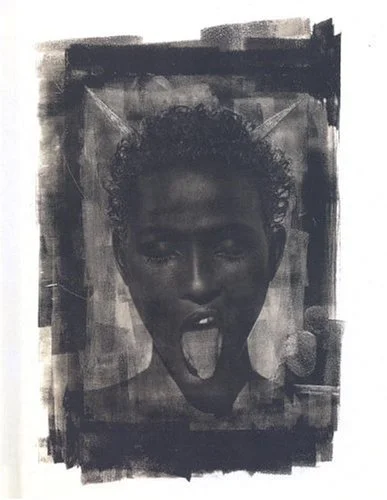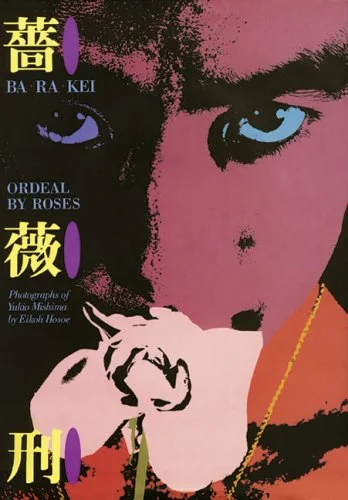Some Los Angeles Apartments, by Ed Ruscha
Why?
“I've always been a huge Ed Ruscha fan and have been a fan of his 16mm films. It goes back to the thing that inspires me: the super mundane. He got me back into motion picture film, which I grew up making as a kid. This book is kind of an anthology. The original Los Angeles Apartments came out in the 60s maybe. And then this book is kind of about that book and also contains his book on gas stations.
So in some cases you'll see the picture of the thing which he was inspired by. There's a famous standard gas station painting, and you'll see the photograph that he took as the template for that as the study. Growing up in Los Angeles, this book also has apartments that I recognize, that's another reason that it's really neat to me.”
Read More
- Adam Goldberg, Photographer















